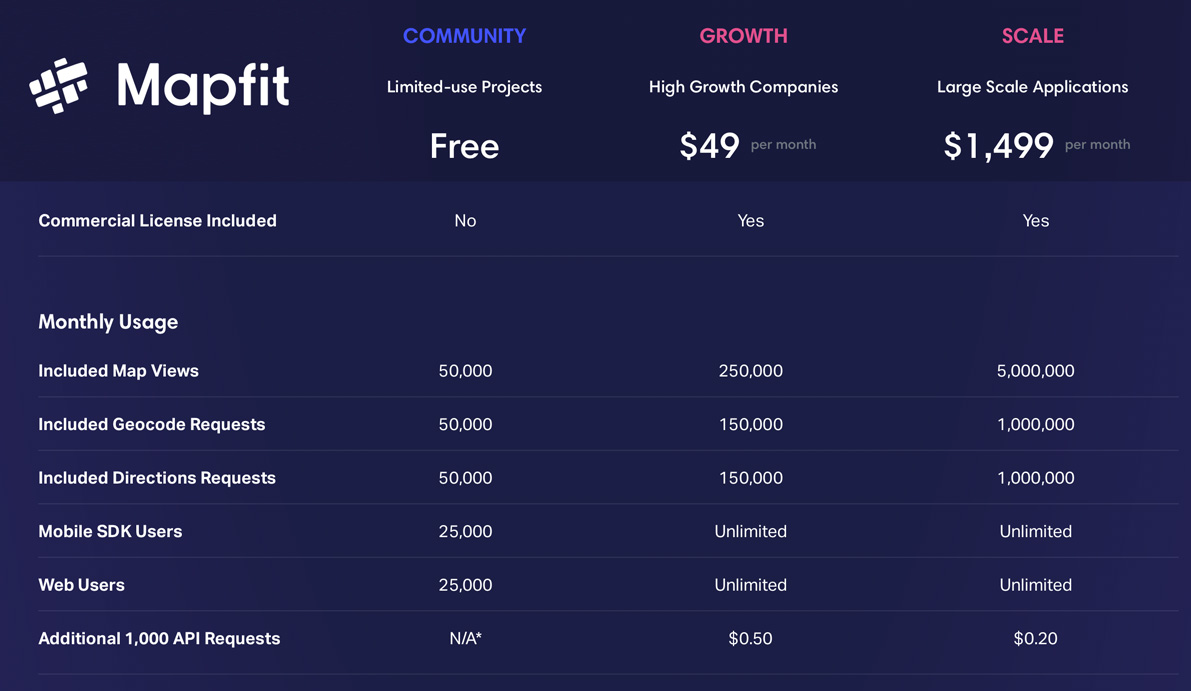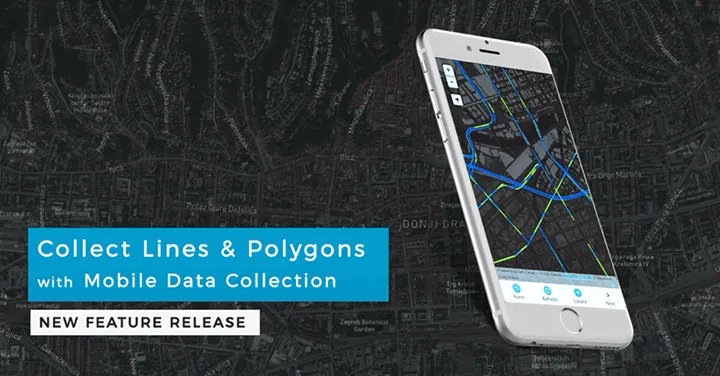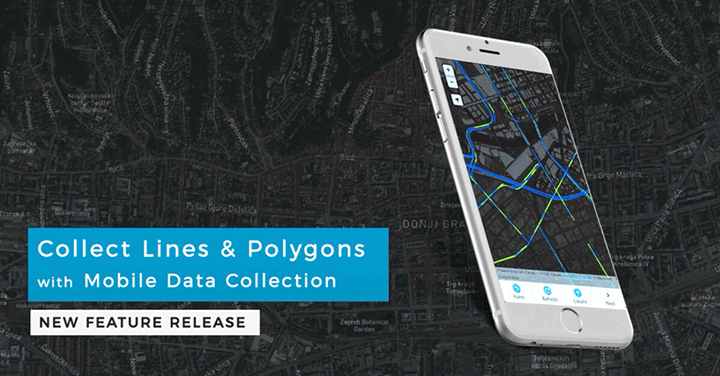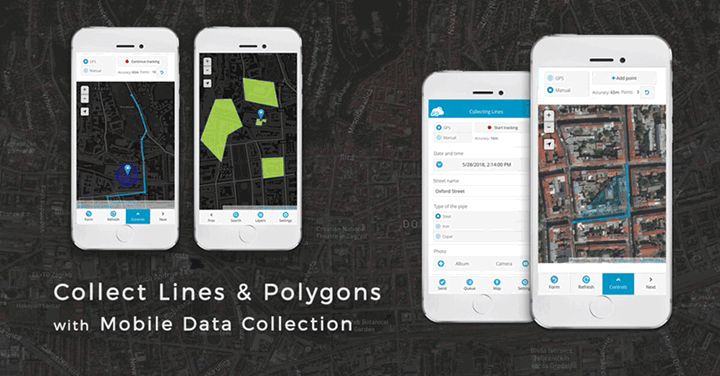
Mapfit raises $5.5m to keep disrupting the mapping industry
 Mapfit is a New York-based startup that managed to outsmart the mapping industry and developed the platform that can analyze hundreds of IoT data sources and automatically generate maps. The company announced today that its closing $5.5 million seed funding round.
Mapfit is a New York-based startup that managed to outsmart the mapping industry and developed the platform that can analyze hundreds of IoT data sources and automatically generate maps. The company announced today that its closing $5.5 million seed funding round.
The seed funding comes from an experienced group of global technology entrepreneurs and investors including Cavalry Ventures (DeliveryHero), Weihua Yan (Diapers.com, Quidsi), Roderick Thompson (ePlanet Capital, Baidu, Skype), Auren Hoffman (Safegraph, Liveramp), Daniel Waterhouse (Balderton), Jeroen Seghers (Sourcepoint), Matias de Tezanos (Hoteles.com, PeopleFund) and Joost de Valk (Yoast).
The timing couldn’t be better. For those who are unaware, June 11 was the first deadline and milestone for the rollout of Google Maps’ changes to both it’s API structure and pricing. Developers will have to pay 10-100x more for the same services. Mapfit offers mapping data of even higher accuracy than Google and a great API, SDKs and a very fast vector map tile server for 1/2 the cost of Google before their price increase.

Mapfit’s map platform ingests imagery, telemetry, and spatial data sets, autonomously maintaining the locations of billions of map data points. The platform is capable of automatic processing of map updates for very large countries on a daily basis. All done with the stuff of 15, compared to thousands of employees of the competitors.








